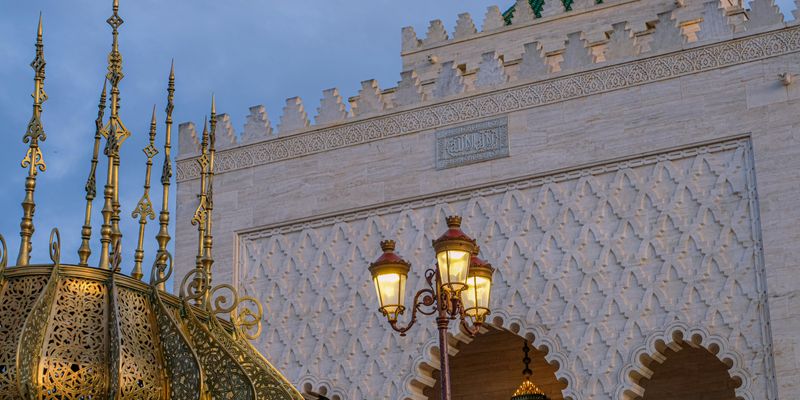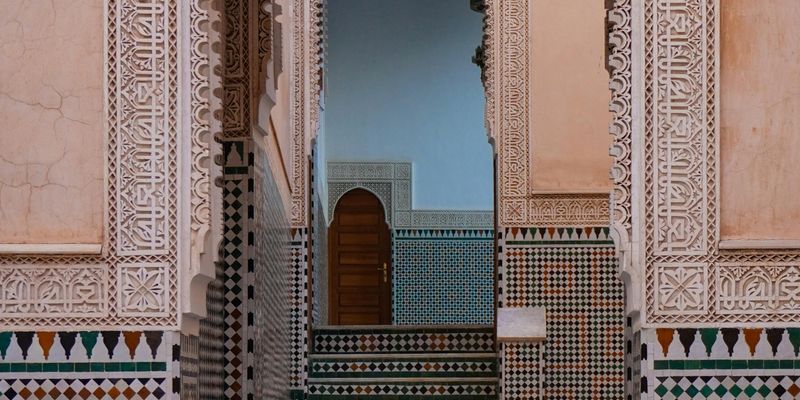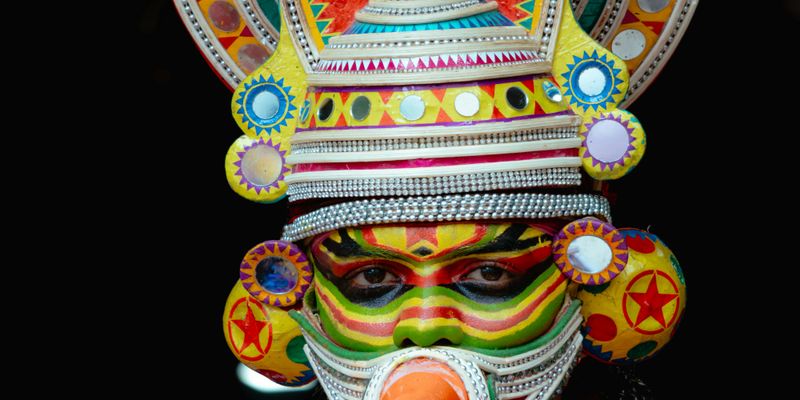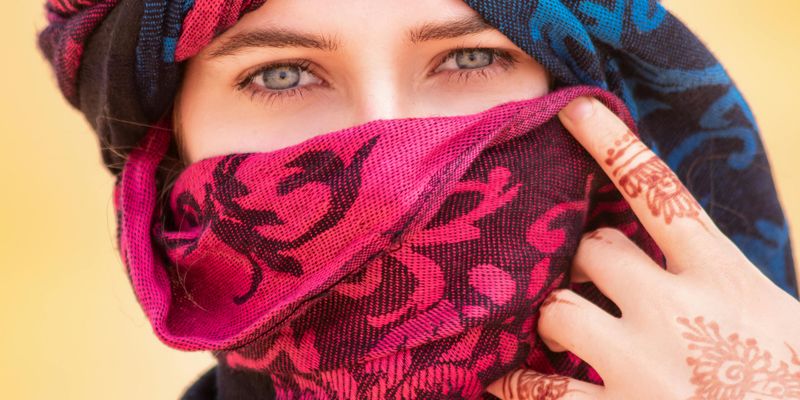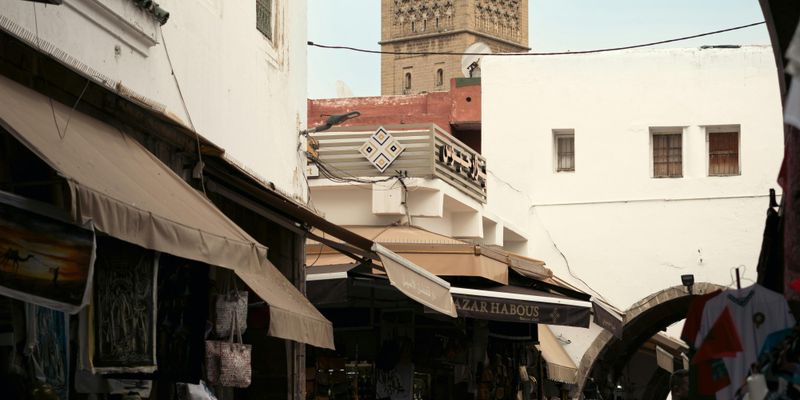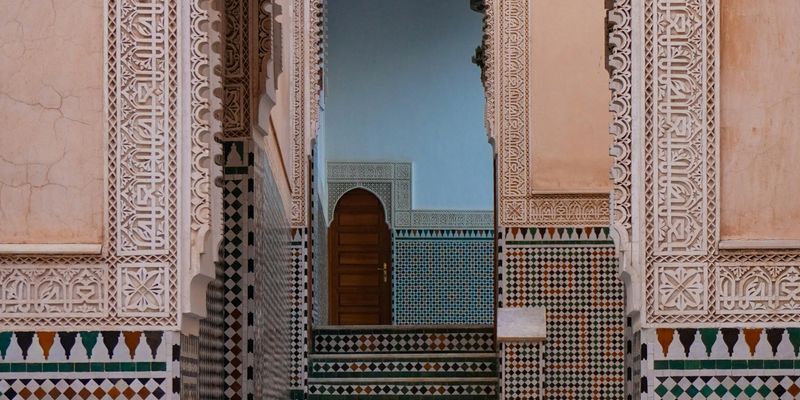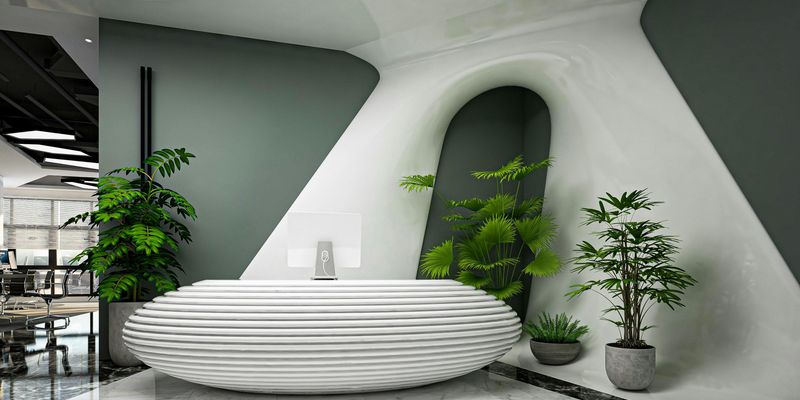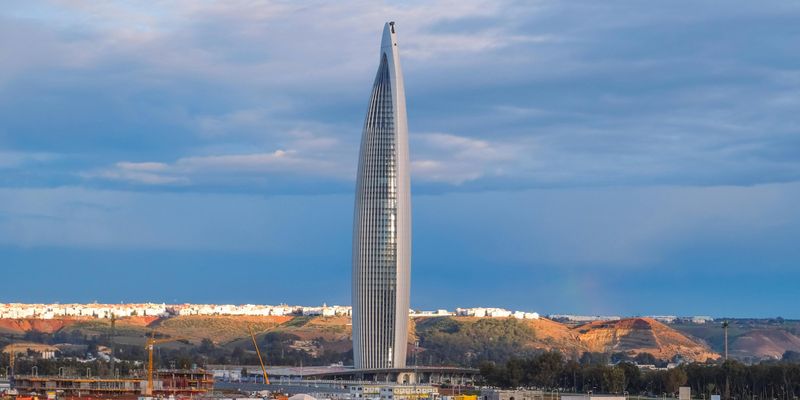
Introduction
Morocco, a land of rich history and vibrant culture, is standing at the crossroads of tradition and modernity. With its bustling cities like Casablanca, Rabat, and Marrakech, urban development is not just reshaping skylines but also revitalizing the very fabric of Moroccan society. Today, I'd love to take you on a journey that highlights how these advancements are paving the way for a brighter future in our beloved country.
The Urban Renaissance
In recent years, Morocco has witnessed a significant urban renaissance characterized by new infrastructure, improved public spaces, and a surge in economic opportunities. The government has invested heavily in projects that enhance transportation, technology, and housing. For instance, the cover station in Casablanca, the largest city, is an emblem of Moroccan modernity, connecting locals and tourists alike while reducing congestion and pollution.
Smart Cities Initiative
A remarkable aspect of this urban development is the Smart Cities initiative, which aims to integrate technology with urban living. Cities like Tangier are being transformed into smart environments where digital solutions streamline urban services, enhance security, and improve the overall quality of life. This initiative not only promises convenience but also attracts investors keen on capitalizing on Morocco’s growing technological landscape.
Cultural Integration in Urban Design
In Morocco, urban development is more than about building physical structures; it’s about embracing and showcasing our rich cultural heritage. Developers are increasingly incorporating traditional Moroccan architectural elements and designs into modern complexes. This blend of old and new is best illustrated in areas like the historic medina of Fez, where ongoing projects ensure the preservation of our unique architectural styles while integrating facilities that meet contemporary needs.
Public Spaces Reimagined
The creation of parks, squares, and cultural centers, such as the grand theater in Marrakech, provides locals with spaces for relaxation, entertainment, and socializing. The importance of these spaces goes beyond aesthetics; they foster community interactions and celebrate Moroccan art and culture, allowing people to connect and engage.
Economic Opportunities Galore
Urban development in Morocco is synonymous with economic growth. Infrastructure projects are creating jobs, stimulating other sectors, and drawing foreign investment. Each skyscraper tells a story of opportunities that are burgeoning amidst changing landscapes. The new economic city in Rabat, for example, is designed to attract technology firms and encourage startups, which is crucial for youth employment.
Local Entrepreneurs Flourishing
Local entrepreneurs are enjoying the benefits of this urban growth. With the establishment of incubators and co-working spaces, Moroccans are being urged to innovate and take part in the entrepreneurial ecosystem. Markets are being modernized, allowing small businesses to flourish, thus enriching the cultural tapestry and economic fabric of Moroccan cities.
Conclusion
As I reflect on the ongoing urban development in Morocco, I can’t help but feel optimistic about the future of our country. We are not merely enhancing our cities; we are crafting a narrative of progress, heritage, and community. By blending our rich traditions with modern innovations, Moroccans are building a society that is both forward-thinking and deeply rooted in its past. Whether you are a traveler, investor, or someone curious about Moroccan culture, now is a great time to witness this transformation firsthand. Welcome to Morocco – where future meets heritage!
